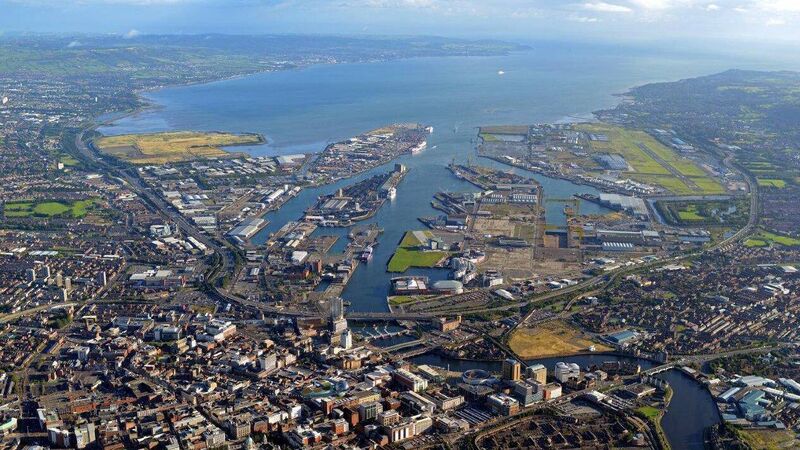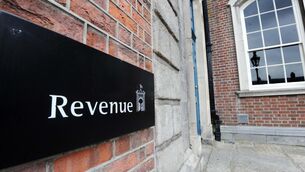Economic gap between Ireland and Northern Ireland grows

Residents of Northern Ireland pay significantly lower personal income tax than those in Ireland, paying €2,980 per capita in Northern Ireland compared to €6,725 per capita in Ireland.
The gap between the economies and living standards in Ireland and Northern Ireland is growing, with workers in Ireland earning substantially more and households having more to spend, a new study has found.
The research from the Economic and Social Research Institute (ESRI), commissioned by the Government’s Shared Island Unit, suggested the extent to which living standards are diverging across both jurisdictions is “certainly worrying from a policy perspective”.
“Ireland has experienced stronger economic growth, higher wages, and higher living standards in recent years,” report author and ESRI associate research professor Adele Bergin said. “The gap in economic performance and well-being indicators between Ireland and Northern Ireland is widening.”
The report emphasises the economies of Ireland and Northern Ireland are distinct in key structural ways, so like-for-like comparisons are not always straightforward. This is particularly the case as Northern Ireland is part of the wider UK economy, which has implications for its trade and public policy.
Ireland, on the other hand, is a national-level economy and full EU member state.
Nevertheless, it pointed out that Ireland’s population is growing faster than Northern Ireland’s, resulting in Ireland having a younger population. Within the labour market, there is a higher proportion of people of working age employed or actively seeking work in Ireland compared to Northern Ireland – 76.8% v 72.4%.
In Ireland, household disposable income is 18.3% higher than in Northern Ireland, with this gap widening over time.
Economic growth has also been stronger in Ireland, with hourly earnings of workers 36% higher than those in Northern Ireland in 2022.
On the other hand, residents of Northern Ireland pay significantly lower personal income tax than those in Ireland, paying €2,980 per capita in Northern Ireland compared to €6,725 per capita in Ireland.
Since Brexit, Northern Ireland’s trade with Britain has declined while trade with Ireland has increased. Corporate tax receipts are five times higher per capita in Ireland (€5,760) than in Northern Ireland (€1,018), which the ESRI said reflects the dominance of multinationals in the Irish economy.
Within education, enrolment rates are higher in Ireland with 94% of 15- to 19-year-olds in some form of education in 2022 compared to 71% of people in the same age group in Northern Ireland. Similarly, early school leaving rates are falling in Ireland but rising in Northern Ireland, where they are three times higher.
The report added that inpatient and outpatient lists were similar in both jurisdictions for those waiting between zero and six months for healthcare treatment. However, the rates for longer durations are much higher in Northern Ireland.
Established in Budget 2021, the Shared Island Unit received a renewed commitment in the new Programme for Government with a pledge to invest €1bn through to 2035 to “foster reconciliation, mutual respect and growth” and set out a range of new investment and cooperation opportunities.
Last week, Taoiseach Micheál Martin launched a new phase of the initiative called the “Shared Home Place” programme.
“Shared Home Place will engage in particular with the contributions of Irish, Anglo-Irish and Ulster-Scots traditions across the island of Ireland and with those of Irish communities in Britain and further afield,” he said.
“We want to better acknowledge how these are all integral parts of the heritage of the island today and crucial to how we build reconciliation into the future.”











